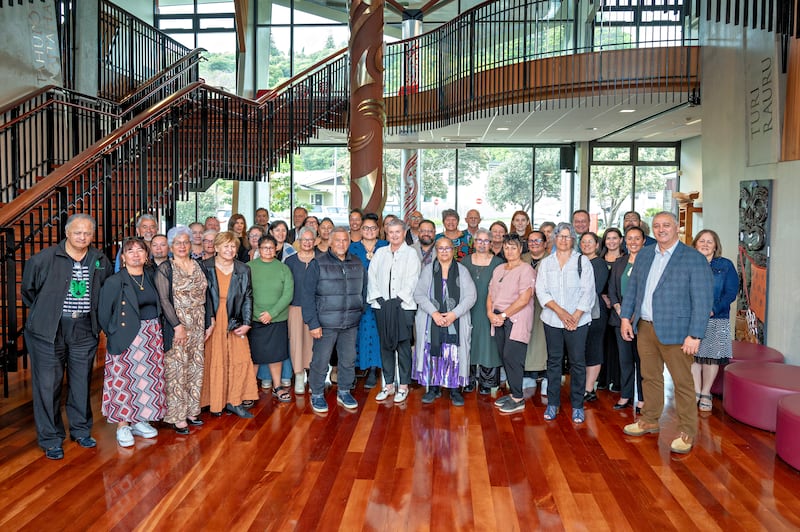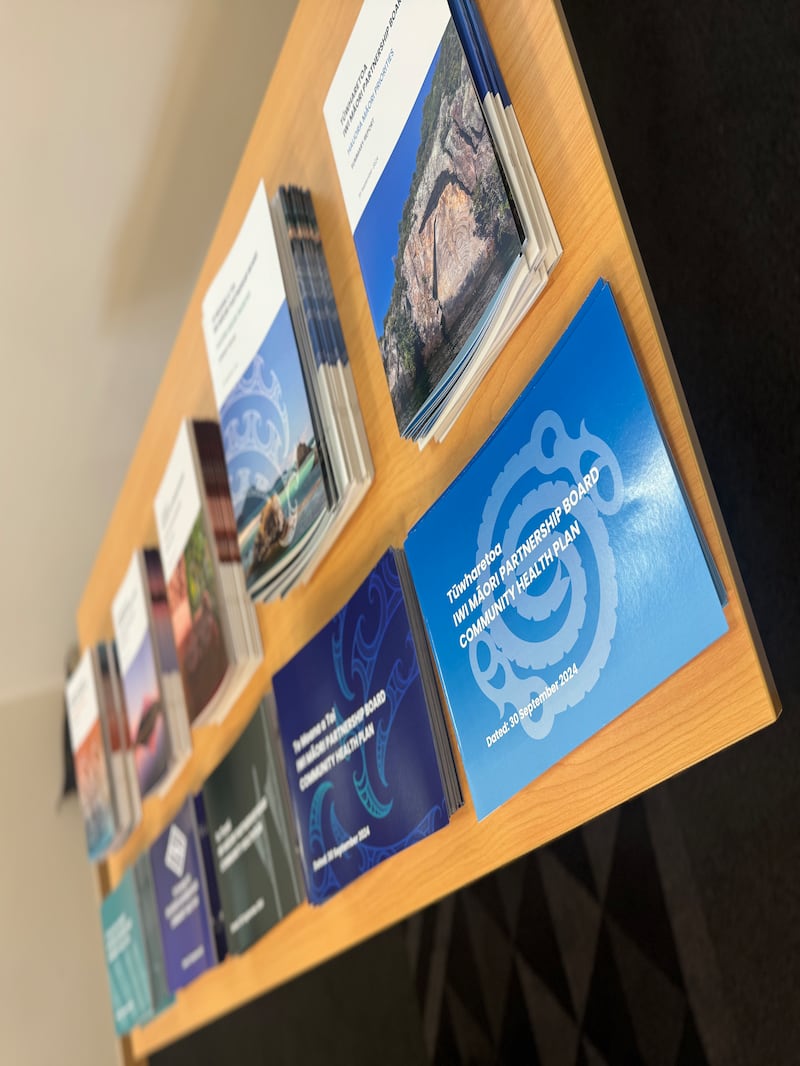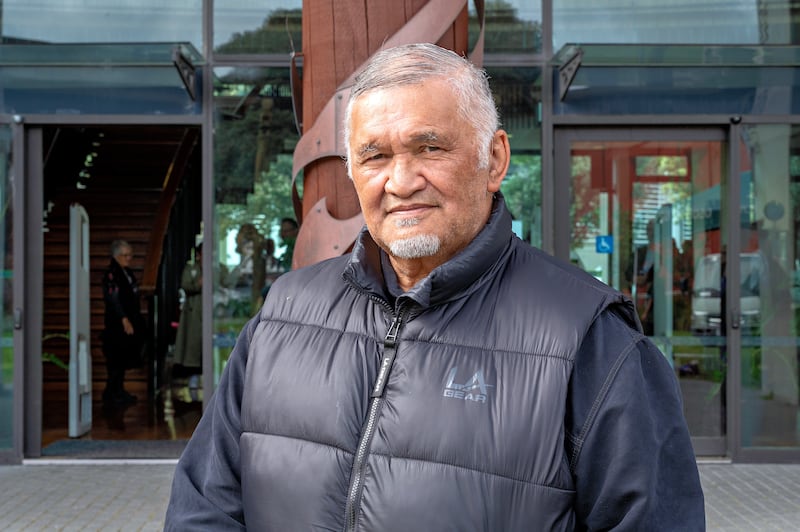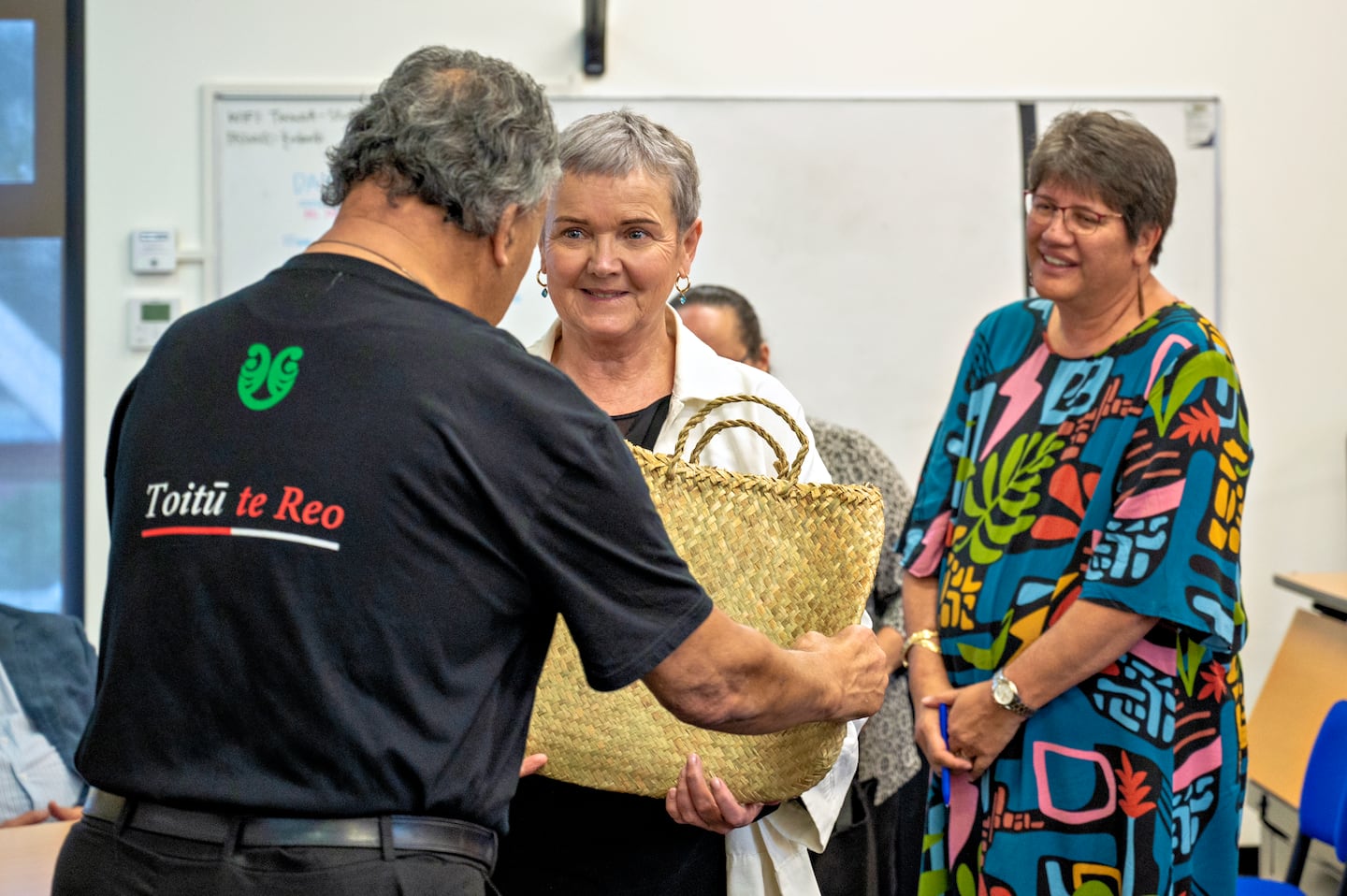Government officials were greeted in Whakatāne by members of the Iwi Māori Partnership Boards (IMPBs), including five from the Te Manawa Taki region, to present their Community Health Plans.
Te Whatu Ora Health New Zealand were gifted the plans and Hauora Māori Priority Reports, which highlighted whānau voices, in a kete.
IMPB mahi is to assess, monitor, plan and represent local Māori perspectives on the design and delivery of services and public health interventions within localities.

Te Tiratū IMPB Co-Chair, Kataraina Hodge said it’s purpose it to work together.
“The purpose of our collective is to mahi tahi - to work together- to achieve the health and wellness aspirations of our whānau.
“We are all experiencing the same levels of high health need for our whānau so the strategic emphasis into the prevention and health promotion space is essential to make meaningful progress,” Hodge said.
Whānau, hapū, and hapori shared their kōrero through workshops and surveys, which helped shape individual IMPB priorities. These insights were blended with data from Te Whatu Ora and Primary Health Organisations to create comprehensive, evidence-based reports that were consolidated into regional priorities, addressing the ‘grim picture’ of Māori health.

Co-Chair of Te Taura Ora o Waiariki IMPB, Aroha Morgan, stated today was an important milestone to achieve IMPB vision for whānau.
“We are actively participating in shaping regional health priorities that we expect will influence funding based on need ahead of the 2025 Budget.”
During the research, a consistent message from whānau regarding Hauora Māori was made “loud and clear” to the rōpū, reflecting societal trends over the past 40 years that have led to increasingly complex comorbidities—something Te Punangaora IMPB Chair Te Pahunga Davis has personally observed.
“It’s a great day for us but it’s got to be taken seriously, I was here 35 years ago and not a lot has changed in Māori health.
“I live in hope that we can make a difference that we can measure. With that I support our pukapuka being placed into the kete but we’ll be watching you, or we aren’t doing our job.
“Nothing’s really changed. Now we’re living in a climate of household stress, whether that be income, unhealthy homes, violence, lack of job security - all those determinants of health have doubled down on our people over this last decade especially,” said Davis.

There is a collective belief that true solutions lie within the Māori youth.
“Our emerging next generation bring an inspiring energy and a sense of hopefulness for the future. For us ultimately that’s going to play a pivotal part in the shift for addressing health inequities.”
The boards part of this kaupapa serve a combined 285,560 Māori.
This most important task now is addressing the status of legacy contracts for Māori Providers, which maintains continuity and capacity in the system. Currently is been extended until June 30, 2025.
Rutu Maxwell-Swinton, Co-Chair of Te Moana a Toi IMPB, said these contracts were important due to the current state of the health system.
“We strongly advocate for evergreen contracts for our providers, given the urgent state of our health needs. At every opportunity, we’ve made it clear to politicians and officials: contracts for Māori health providers must be extended and prioritised.”



